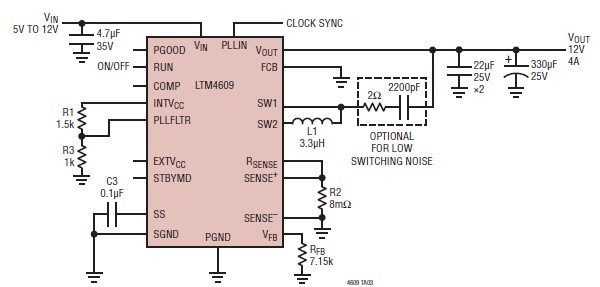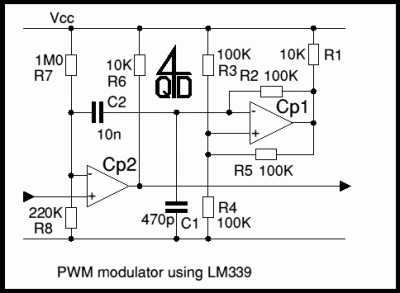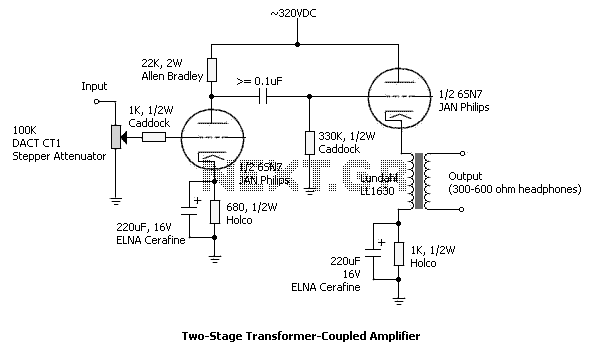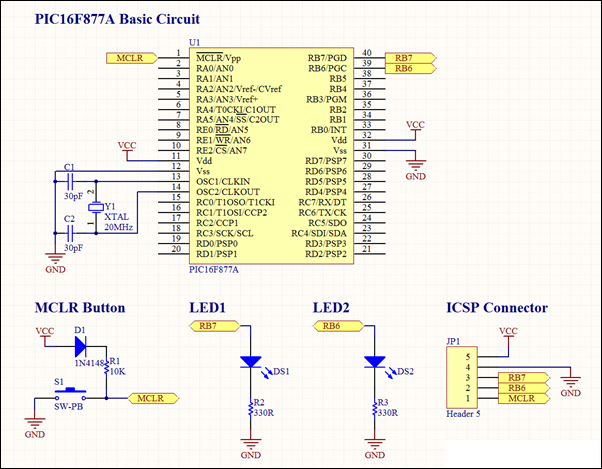
Vacuum tube tesla coil (VTTC) using Russian GU-81m
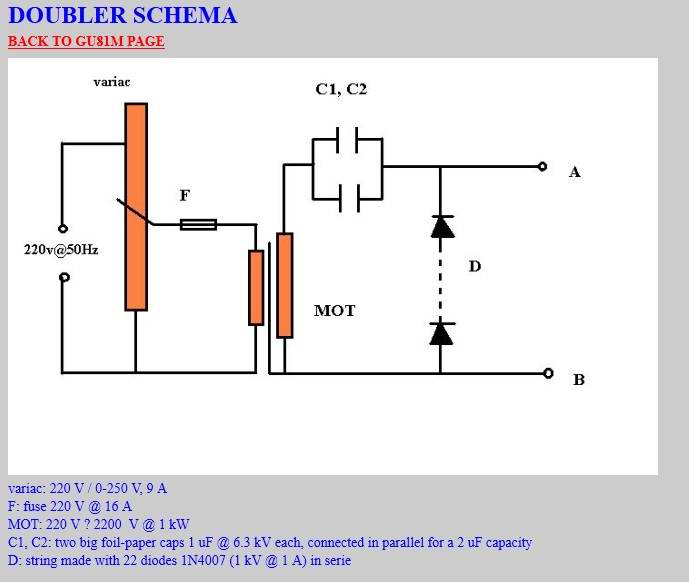
The coil has been enhanced with additional turns, necessitating an improvement in insulation. Epoxy was chosen as the insulating material, with an increased quantity applied over the soldered connections.
To ensure the reliability and performance of the coil, the additional turns increase the inductance, which may enhance the coil's functionality in its intended application. However, with the increase in turns, there is a corresponding increase in the risk of electrical breakdown due to reduced dielectric strength in the insulation. Therefore, the use of epoxy as an insulating material is a prudent choice, given its excellent electrical properties and ability to provide a robust barrier against moisture and other environmental factors.
The application of epoxy over the soldered areas serves multiple purposes. Firstly, it protects the solder joints from mechanical stress and potential corrosion, which can occur over time due to environmental exposure. Secondly, the epoxy provides a uniform dielectric layer that minimizes the risk of arcing between the coil windings, enhancing the overall safety and longevity of the component.
When applying epoxy, it is important to ensure that the surface is clean and free from contaminants to achieve optimal adhesion. The curing process should be monitored to ensure that the epoxy fully hardens, providing a solid and reliable insulation layer. Additionally, consideration should be given to the thermal properties of the epoxy, as excessive heat can affect its insulating capabilities.
In summary, the modifications made to the coil through the addition of turns and the application of epoxy insulation significantly enhance its performance and reliability, making it suitable for a variety of electronic applications where robust insulation and durability are required.The coil has been added a few extra turns, so I had to find a way to improve the insulation. I opted for epoxy, with some extra quantity added over the soldering: 🔗 External reference
To ensure the reliability and performance of the coil, the additional turns increase the inductance, which may enhance the coil's functionality in its intended application. However, with the increase in turns, there is a corresponding increase in the risk of electrical breakdown due to reduced dielectric strength in the insulation. Therefore, the use of epoxy as an insulating material is a prudent choice, given its excellent electrical properties and ability to provide a robust barrier against moisture and other environmental factors.
The application of epoxy over the soldered areas serves multiple purposes. Firstly, it protects the solder joints from mechanical stress and potential corrosion, which can occur over time due to environmental exposure. Secondly, the epoxy provides a uniform dielectric layer that minimizes the risk of arcing between the coil windings, enhancing the overall safety and longevity of the component.
When applying epoxy, it is important to ensure that the surface is clean and free from contaminants to achieve optimal adhesion. The curing process should be monitored to ensure that the epoxy fully hardens, providing a solid and reliable insulation layer. Additionally, consideration should be given to the thermal properties of the epoxy, as excessive heat can affect its insulating capabilities.
In summary, the modifications made to the coil through the addition of turns and the application of epoxy insulation significantly enhance its performance and reliability, making it suitable for a variety of electronic applications where robust insulation and durability are required.The coil has been added a few extra turns, so I had to find a way to improve the insulation. I opted for epoxy, with some extra quantity added over the soldering: 🔗 External reference


